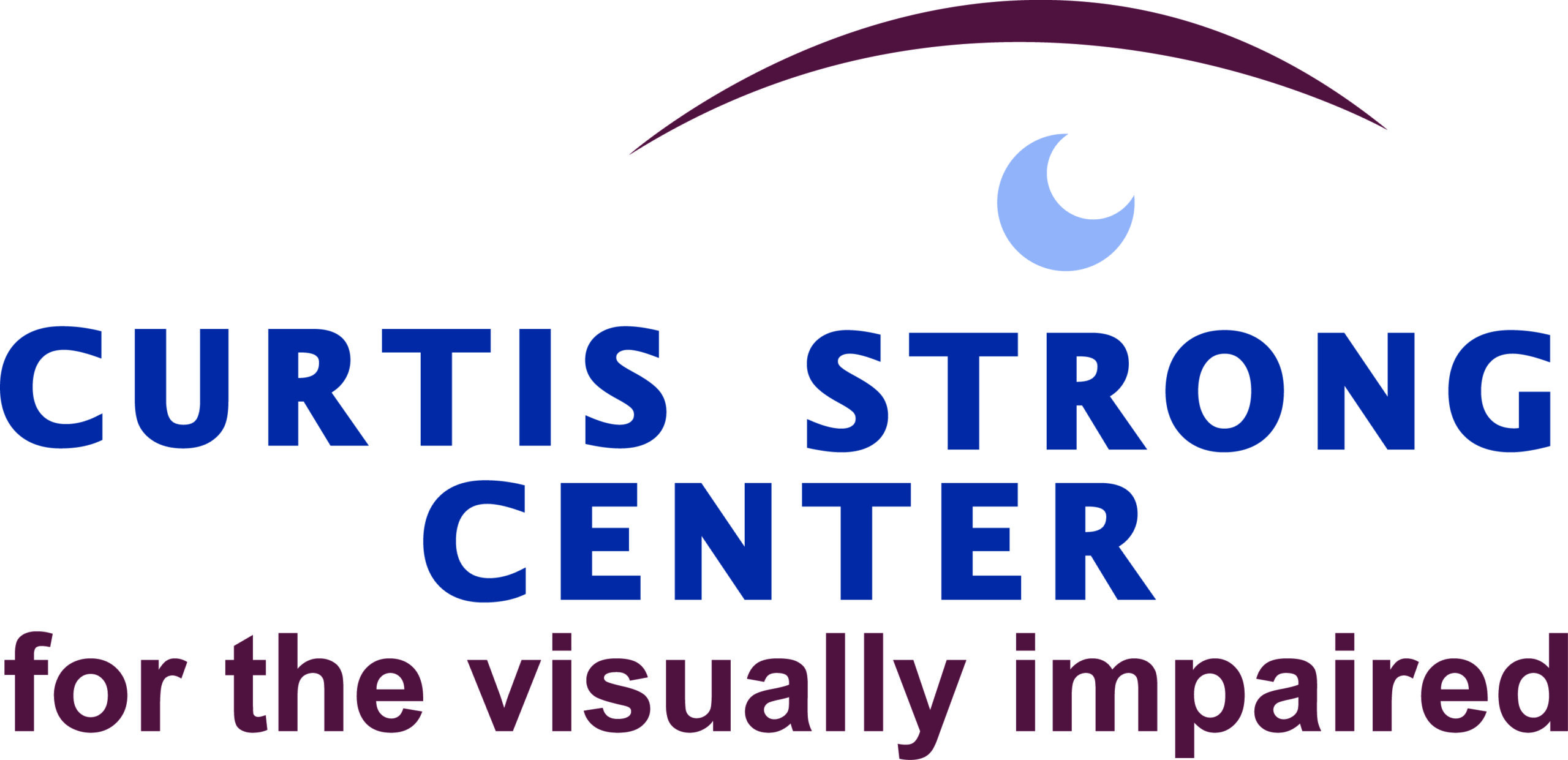Eye Diseases that can Cause Low Vision
Many eye diseases can cause low vision. Here we look at three of the most common: macular degeneration, glaucoma, and diabetic retinopathy. For a more comprehensive list of eye diseases and conditions, visit the National Eye Institute’s site through the National Institute’s of Health. For more information on low vision, visit our Resources page.
Macular Degeneration
Macular degeneration—also known as age-related macular degeneration (AMD or ARMD)—is a medical condition that usually affects older adults and results in a loss of vision in the center of the visual field—the macula—due to retina damage.
This eye disease occurs in “dry” and “wet” forms, is a major cause of blindness and visual impairment in older adults (50+ years-old), and affects 30–50 million people around the world. Macular degeneration can cause difficulty or make it impossible to read or recognize faces … although enough peripheral vision remains to allow other daily-life activities.
Glaucoma
Glaucoma is a term that describes a group of ocular (eye) disorders that result in optic nerve damage, which is often associated with increased fluid pressure in the eye (intraocular pressure).
The disorders can be roughly divided into two main categories:
“
Open-angle“: Open-angle chronic glaucoma is painless, usually develops slowly over time, and often has no symptoms until the disease has significantly progressed. It is treated with glaucoma medication to lower the pressure or various pressure-reducing glaucoma surgeries.
“Closed-angle” (or “angle closure“) glaucoma: Open-angle chronic glaucoma is closed-angle glaucoma; however, closed-angle is characterized by sudden eye pain, redness, nausea and vomiting, and other symptoms resulting from a sudden spike in intraocular pressure, which is treated as a medical emergency.
Glaucoma can permanently damage vision in the affected eye(s): first by decreasing peripheral vision (reducing the visual field), and then potentially leading to blindness, if left untreated.
Diabetic Retinopathy
Diabetic retinopathy—also known as diabetic eye disease—is when damage occurs to the retina due to diabetes, which can eventually lead to blindness. It is an ocular manifestation of diabetes, a systemic disease, which affects up to 80 percent of all patients who have had diabetes for 10 years or more.
Despite these intimidating statistics, research indicates that at least 90-percent of new cases can be reduced if proper and vigilant treatment and monitoring of the eyes occurred. The longer a person has diabetes, the higher chance that person will develop diabetic retinopathy. Each year in the United States, diabetic retinopathy accounts for 12-percent of new cases of blindness and is also the leading cause of blindness for people between 20–64 years old.



